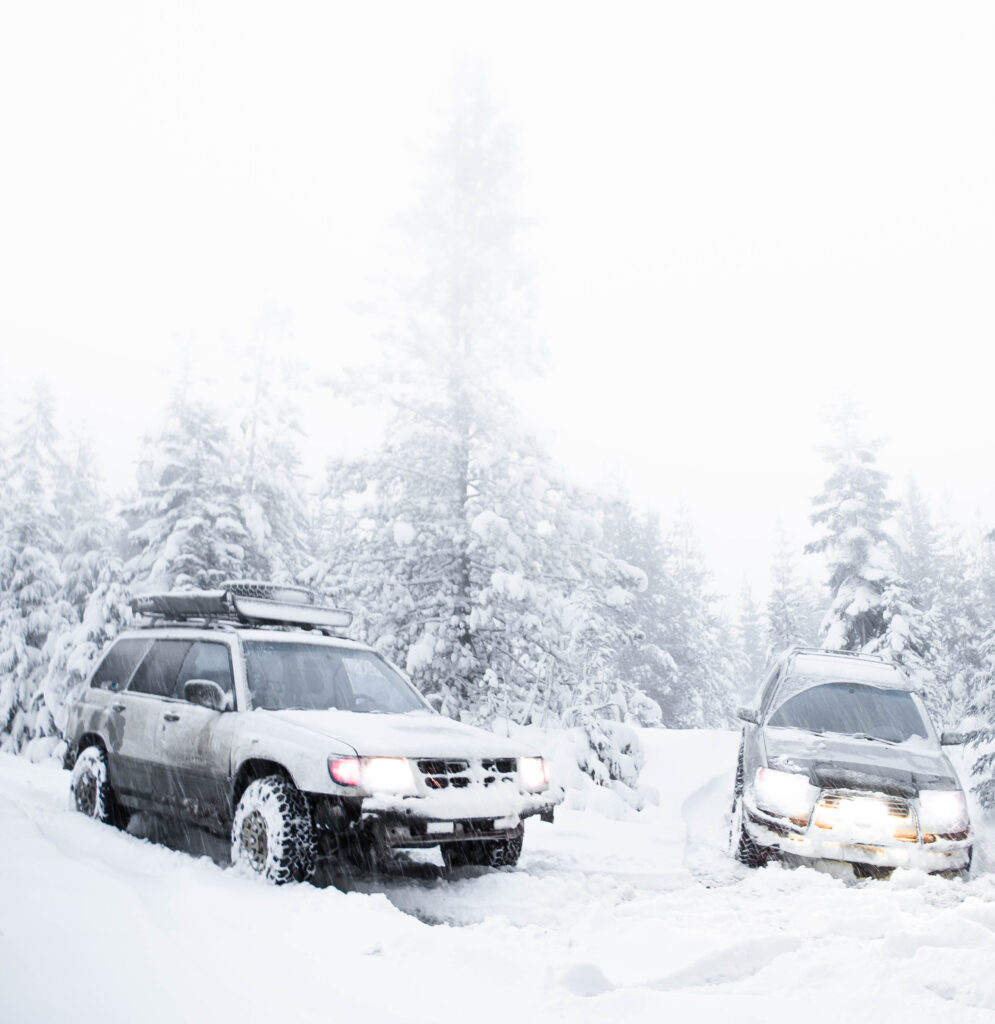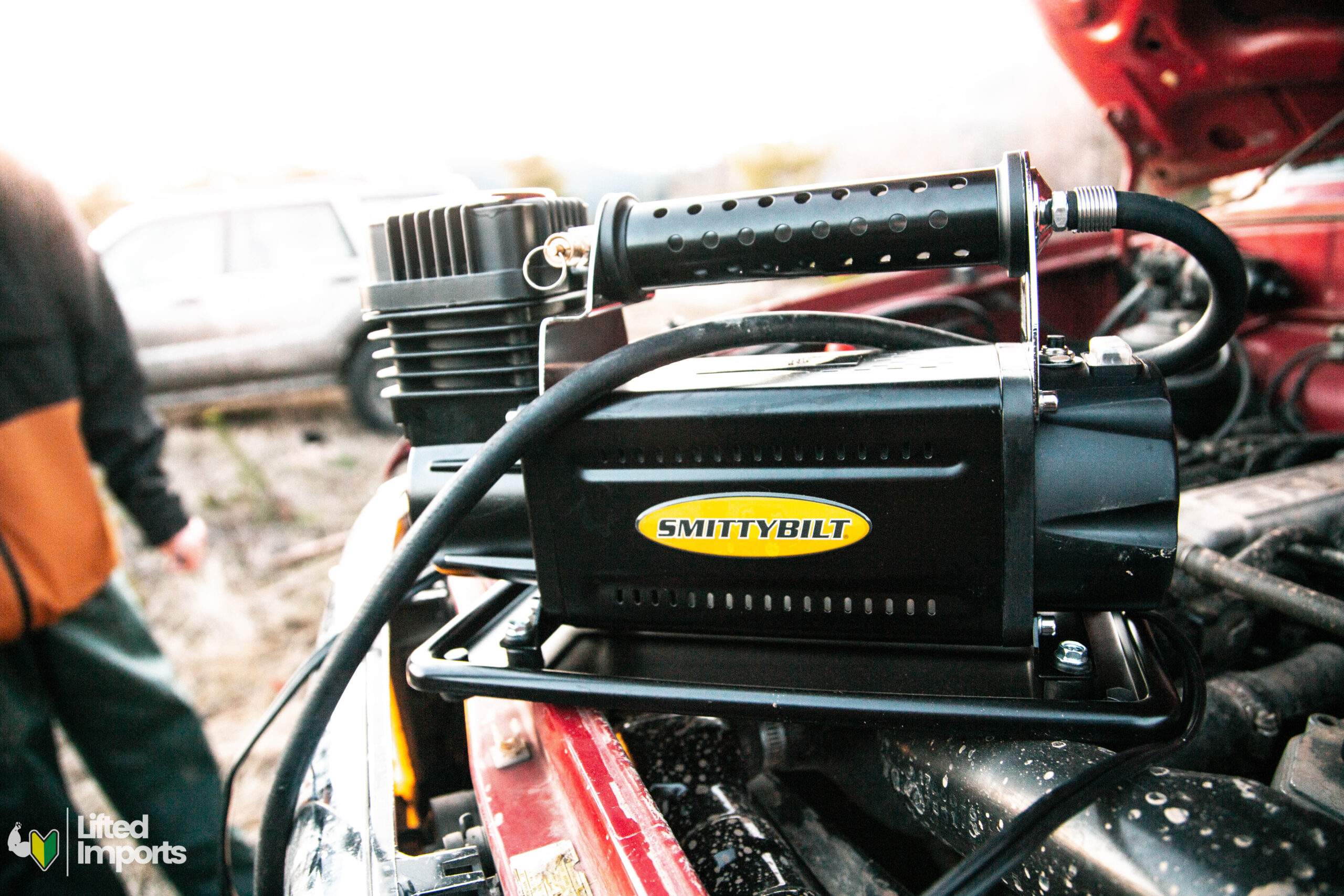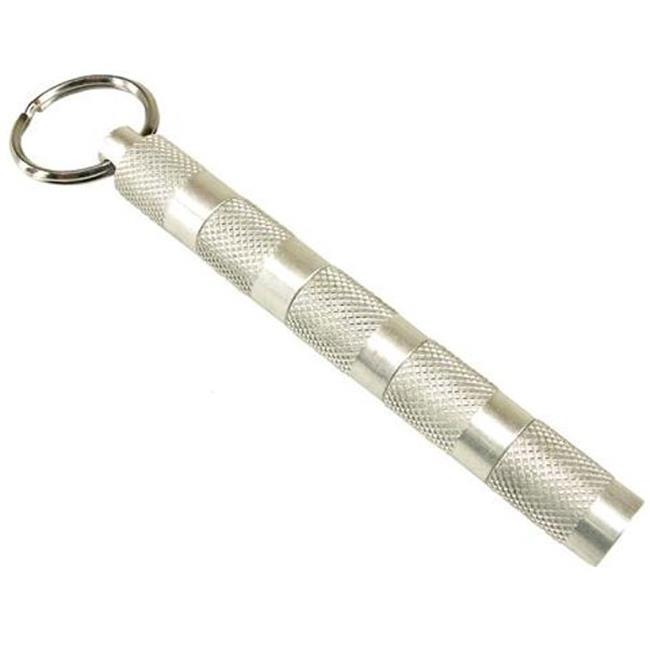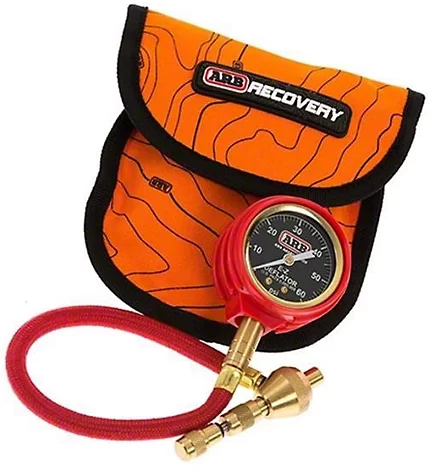As a lifted Subaru enthusiast for over 10 years, I’ve always jumped at the opportunity to explore the great outdoors, venture off the beaten path, and conquer challenging trails. One of the essential skills I’ve picked up along the way is the art of airing down my Subaru’s tires for off-roading. This technique has become a game-changer, unlocking a world of possibilities for me in the world of off-road adventures.
In this guide, I’ll share the knowledge I’ve gained about the benefits, proper procedure, and key considerations when it comes to lowering your Subaru’s tire pressure for off-road trips. It’s not just about achieving better traction; it’s also about a smoother ride, and avoiding those frustrating moments of getting stuck in unforgiving conditions.
So let’s jump in and give you some helpful tips that you can use for your next off-road excursion!
Benefits of Airing Down
Airing down your tires offers several advantages for off-roading. Despite having traveled on gravel roads and forest trails for years, it was about five years into my off-road journey that I finally decided to try airing down my tires. It was the secret ingredient that I needed to take my off-roading to the next level. Here are some of the most important reasons for lowering your air pressure:
Improved Traction:
When you reduce tire pressure, it increases the contact patch between the tire and the ground. This, in turn, provides better grip on uneven slippery terrain. The enhanced traction is especially beneficial when driving on loose gravel, sand, or steep inclines. You may notice that your contact patch widens a bit when aired down, but the real difference is made from a drastic lengthening of the tire’s footprint from front to back.
Smoother Ride:
Lowering the tire pressure allows the tires to act as a more effective cushion, absorbing shocks and bumps on the trail. This results in a smoother and more controlled ride, minimizing discomfort for both you and your passengers. Another benefit of this reduction in vibration is the decrease wear and tear on your vehicle’s suspension. Things like bushings, struts, and steering components won’t take as much of a beating from the rough terrain. Imagine how much more vibration is applied to the chassis of the vehicle if you can feel it all the way up inside the cabin sitting in a soft seat.
Better “Flotation”:
Airing down your tires is particularly useful when driving on soft surfaces like sand, mud, or snow. By lowering your tire pressure, the tires distribute the weight of your Subaru over a larger surface area, preventing it from sinking into the ground as far. This effect can help you avoid getting stuck in tricky situations where digging in to the terrain is common.

Finding The Right Tire Pressure:
The ideal tire pressure for off-roading varies based on your Subaru’s model, weight of all accessories and gear, tire size, and the specific type of terrain you’ll encounter. A common starting point for tire pressure is around 15-20 psi. Something in this range will give you all of the benefits of airing down but it’s okay to adjust this pressure based on your experience and the specific conditions you’re driving in.
Tire Size and Weight:
Larger tires and heavier vehicles need a different tire pressure for optimal off-road performance when compared to a lightweight vehicle with a moderate sized tire. Experimentation and repeat experience will help you determine the right pressure for your specific setup. I always carry an inflator with me so that I can play around with different pressures to see what works best for each terrain type when I’m testing a new tire. Now that I’ve aired my current tire setup down numerous times, I know almost exactly how far to drop the pressure in every situation. But it took me some time to dial it in at first. So don’t be discouraged if it takes you awhile to find the sweet spot.
Terrain Type:
Different terrains demand different tire pressures. Soft surfaces like sand, snow, and mud typically require lower pressures, while rocky or uneven terrain might benefit from slightly higher pressures.
Trial and Error:
As mentioned, finding the right tire pressure often involves some back and forth testing. Start with a moderate reduction in pressure, then assess the performance of your Subaru as you go. Adjust the pressure until you achieve the desired balance of traction and ride comfort.
Note that it’s usually not a good idea to deflate most tires below 10psi – especially if you’re going to be driving at any speeds higher than slowly crawling along on the trail. This presents the risk of causing the tire to physically fall off the wheel. This is commonly referred to as “de-beading.” There have been times in deep snow where I have aired my mud terrains all the way down to 5 psi with no issues. I am always careful to be light on the throttle and keep my speeds below 10-15 mph. But I don’t recommend that people air down that low unless they have extensive experience. I have yet to lose a bead following these guidelines and have been able to navigate very difficult terrain without losing traction.
Tire Considerations:
Not all tires are suited for the demands of off-roading. All-terrain or mud-terrain tires are better suited for lower tire pressure than standard all-season tires. AT and MT tires typically have sturdier sidewalls that can handle lower pressures without risking damage to them.
All-Terrain Tires: These tires offer a balance between on-road and off-road performance which makes them suitable for a wide range of terrains. They offer good traction and durability for light to moderate off-roading without completely sacrificing pavement manners and can easily handle being aired down. For the majority of lifted Subaru owners, an all-terrain tire is the right choice. Check out this all terrain tire guide to see the best options for our cars.
Mud-Terrain Tires: MT tires are more aggressive in design and construction, with deep treads and reinforced sidewalls. These are the best tires for running low air pressure. They do well in challenging conditions, including deep mud, rocks, deep snow, and steep inclines. This type of tire does create added road noise and decreased pavement performance. Additionally, if driven on pavement regularly, the tread wears down more quickly than other tire types. However, they can take on the most harsh conditions and the sidewalls can handle the largest drop in air pressure.
I currently used mud terrain tires and have had great luck with them in off-road situations. I have also used all-terrain tires at low air pressure with good results as well. But I don’t suggest airing down all-season tires unless it is an emergency.

Gear You'll Need To Air Down Properly:
Like anything related to off-roading, the right tools make all the difference. Before you head out on the trails and start the airing down process, gather the following equipment:
Tire Pressure Gauge:
An accurate tire pressure gauge is essential for monitoring the pressure in each tire as you begin airing down. Digital gauges are convenient and make it easier to dial in a consistent air pressure across all four tires.
Air Compressor:
An air compressor is crucial for re-inflating your tires to the recommended on-road pressure after your off-roading adventure. It also gives you the ability to experiment with various pressures as you are searching for the optimal pressure. Portable, 12-volt compressors are my favorite for off-roading. I prefer units that connect directly to the battery. They are more powerful and carry less of a risk of blowing a fuse. I currently own multiple Viair air compressors and they’ve never let me down but I’ve also used a Smittybilt compressor that performed very well for me also.
Tire Deflator Tool:
While not 100% necessary, a tire deflator tool can help speed up the process of releasing air from your tires. These tools screw onto the valve stem and allow for quick and controlled deflation. I carry an ARB deflator tool and a Teraflex deflator keychain and use whichever one I’m in the mood for. I find myself using the Teraflex valves most often because I can screw each one onto the tires so they can all deflate simultaneously. You can select any deflator tool that fits your budget and needs.


Procedure For Airing Down:
Here’s a step-by-step guide for airing down your Subaru’s tires once you’re out on the trails:
- Park on a Level Surface: Begin by parking your Subaru on a level surface to ensure a safe working space.
- Remove Valve Caps: Take off the valve caps from each tire to access the valve stems. Valve caps protect the valve stems from dirt and debris.
- Release Air: Use your tire deflator tool or tire gauge to release air from each tire. Start with a modest reduction in pressure, aiming for your estimated target pressure. It’s essential to check the pressure frequently with your gauge. Pro Tip: Make sure the valve stem is clear of debris and that the tire deflator tool is secure on it before releasing air. Some tools have a built-in gauge that can be handy but I’ve never found them to be accurate. However, you can get a general idea of the pressure by using them.
- Recheck and Fine-Tune: Assess the terrain you’ll be driving on and the performance of your Subaru. Fine-tune the tire pressure to find the sweet spot for your specific conditions. This might involve making slight adjustments to individual tires to ensure they all have the same pressure. I regularly find myself letting additional air out of my tires when we’re out in deep snow. Depending on the condition of the snow, I may need to experiment with a full 10psi range of different pressures.
- Reinflate Before Returning to the Road: When your off-road travel is over, it’s crucial to re-inflate your tires to their recommended on-road pressure before hitting the pavement at higher speeds. Use your air compressor and make sure all tires are properly inflated to ensure stability and safety during on-road driving. Failure to “air up” can create a sidewall failure and a total destruction of your tire.
Safety Considerations:
Airing down your tires can significantly enhance your off-road experience, but it’s important to remember that driving on public roads with reduced tire pressure can affect handling and fuel efficiency. As previously mentioned, it’s important to always ensure your tires are inflated to the correct pressure for on-road driving.
In conclusion, mastering the process of airing down your Subaru’s tires is a valuable skill for taking full advantage of your car’s capability. It enhances traction, ride comfort, and stability, allowing you to explore challenging terrain with confidence. I truly feel that my off-road abilities were most improved when I learned to experiment with various air pressures. Once I stopped being afraid of letting air out of my tires, I began to really excel at an exponential rate. I found myself exploring very challenging trails and even passing up more capable 4×4’s.
Remember to consult your Subaru’s owner’s manual for specific tire pressure recommendations when airing back up and always prioritize safety when venturing off the beaten path. With the right tire pressure and equipment, you’ll be ready to see more of the great outdoors in your Subaru.
